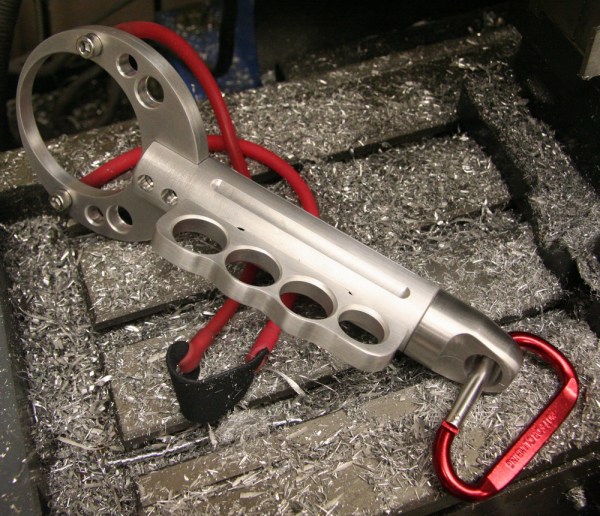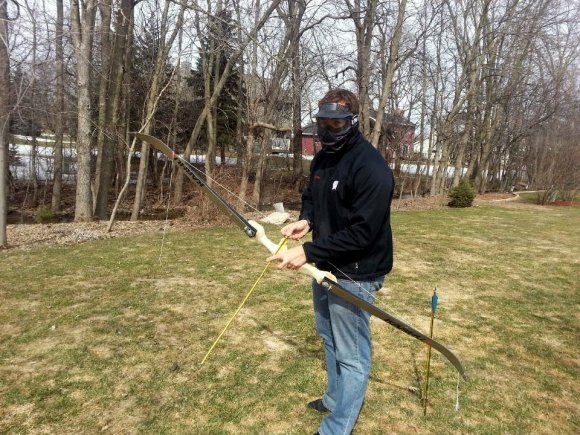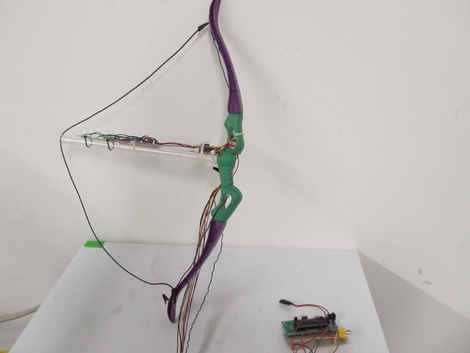Time was when a lad in need of a ranged weapon would hack a slingshot together out of a forked tree branch and a strip of inner tube. Slingshot design has progressed considerably since [Dennis the Menace]’s day, but few commercially available slingshots can match up to the beauty and functionality of this magnificently machined multipurpose handheld weapon system.
Making it clear in his very detailed build log that this is but a prototype for a design he’s working on, [Gord] has spared little effort to come up with a unique form factor that’s not only functional as a slingshot, but also provides a few surprises: a magazine that holds nine rounds of ammo with magnets; knuckle protection on the hand grip that would deal a devastating left hook; and an interchangeable base that provides a hang loop or allows mounting a viciously sharp broadhead hunting arrow tip for somewhat mysterious purposes. There’s plenty to admire in the build process as well – lots and lots of 6061 billet aluminum chips from milling machine and lathe alike. All told, a nice piece of craftsmanship.
For a more traditional slingshot design with a twist, check out this USB-equipped slingshot that talks to Angry Birds. And when your taste in slingshots run more toward the ridiculously lethal, [Jörg Sprave]’s machete launcher never disappoints.
[Thanks Leslie!]














